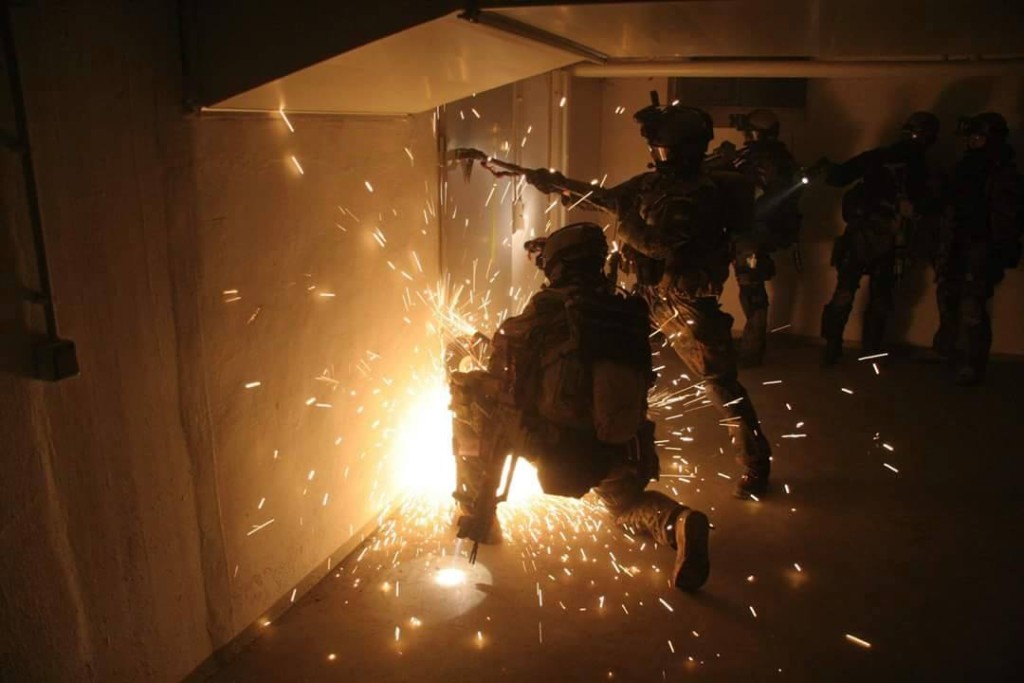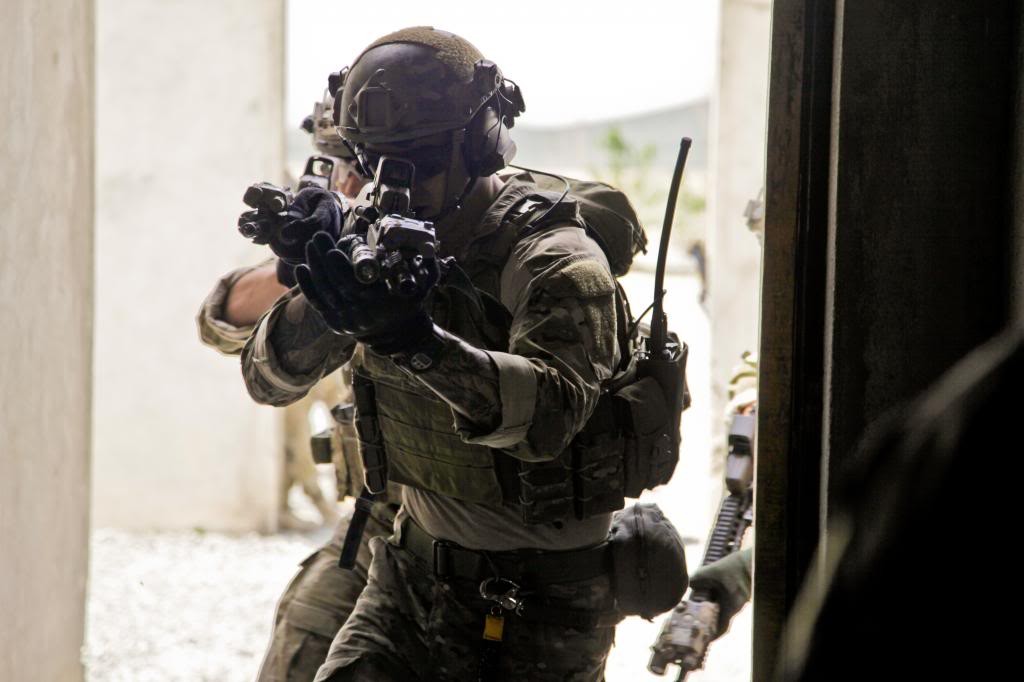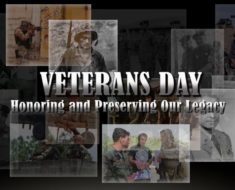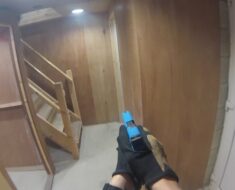This article talks about what it takes to be a special operator and discusses the capabilities of US Special Operations training, weapons and tactics.
Special forces specialise in Close Quarter Battle (CQB); In the typical close quarters combat scenario, the attackers try a very fast, violent takeover of a vehicle or structure controlled by the defenders, who usually have no easy way to withdraw.
Detailed planning:
Ideally, the leader of the assault team gathers all available intelligence about the crisis scene, targets, and innocents. The leader diagrams and discusses the proposed plan, outlining each team’s actions and responsibilities, location, fields of fire, and special tasks to be used.

Planning and rehearsals are important .
Surprise:
The objective is to complete all offensive action before the party being engaged is able to react. To gain this element of surprise, the entry teams use stealth movement and noise/light discipline to get as close to the targets as possible.
Methods of entry:
In the vast majority of hostage rescue and other dynamic CQC operations, it is desirable to use multiple simultaneous attacks from different entry points to overload the target’s ability to react effectively. The more entry points the attackers can choose from, the better their chances.

Room Entry Methods Vary
Speed:
Once the assault begins, the team must gain control before the target understands what is happening and can prepare an effective defence or mount a counter attack.

Speed kills
Violence of action:
The sensory onslaught from tear gas, explosive breaching, flash bangs, and gunfire is complemented by the intimidating and aggressive actions of the assault team. Hostile terrorists do sometimes hide among the hostages, so once the shooting has stopped, operators must maintain dominance over anyone still alive.
Source: Wikipedia






